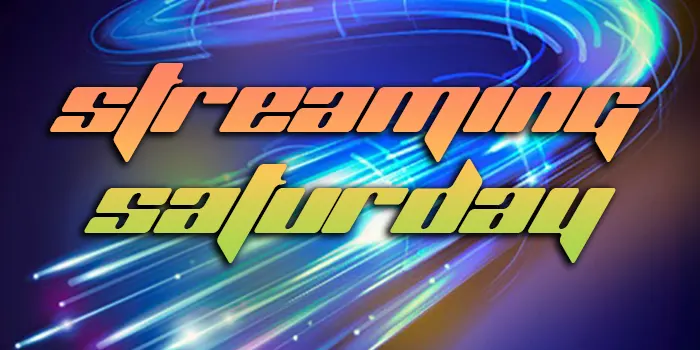A while back, a customer was asking us if the picture quality on the Gemini Air was similar to the picture quality on other streaming boxes. I have to admit this sort of stopped me in my tracks because when it comes to streaming, I generally don’t consider picture quality. Streaming is more about convenience than picture quality, the way I see it.
How do you even know what quality you’re getting?
That’s sort of the real issue when it comes to streaming. The nature of streaming is that there are generally several different quality levels available when you choose to watch something. The experience is supposed to be optimized so that you get the best quality you can without buffering. Early in the streaming days, it was very common for the picture to stop unexpectedly as apps tried to pull more data. Most folks agreed it was better to have a lower-quality picture that was smooth, rather than a high quality one that stopped frequently. I have to say I agree.
But, the problem there is that you often don’t even know what quality level you’re getting. YouTube is very transparent with this information, and there are some hacks you can use to get Netflix to tell you what stream you’re getting. But for the most part you just can’t tell. It would take a keen eye to really spot the difference between the several different HD and 4K streams, as honestly they aren’t that different.
What about color?
Lately, we seem to talk about color on streaming a lot. Most of the streaming providers will provide streams that they say are Dolby Vision or HDR. Generally my TV, which is set up to tell me what mode it’s in, will agree. But sometimes it won’t. Apps like Netflix and Max, which make you pay extra for higher-quality streams, will show the Dolby Vision logo in the description and then the TV doesn’t play Dolby Vision content anyway. Generally the answer to this is found by scrolling all the way down in the description. This is where they tell you that just because they put the Dolby Vision logo up there, doesn’t mean YOU PERSONALLY will get Dolby Vision.
Which, honestly, is just fine. Since Netflix and Max started charging more for it, I’ve largely learned to live without Dolby Vision. And you know what? My TV’s picture may not be as “accurate” but it is generally a lot more pleasing. Unless I’m watching in a pitch dark room, Dolby Vision and other forms of HDR can look dull, lifeless, and dark. I honestly don’t care if that’s how the filmmaker wanted me to see it. That’s not how I, personally want to see it. And as I’ve said before, unless the filmmaker wants to pay for my television, I’m going to watch it my way.
While I generally do appreciate good picture quality…
I have to admit that chasing the perfect picture isn’t as much fun as it used to be, at least for me. 30 years ago when we all watched 27″ tube TVs, I used to spend hours tweaking color settings to get the best picture possible. Today, when I set up a new TV I generally make a few tweaks by eye and that’s it. Depending on the TV I might take it out of the “demo” mode that’s on by default. That’s the mode where it looks great in a brightly lit big box store. But otherwise, I think the picture quality of today’s TVs is really quite good. If you buy a $99 50″ TV it won’t be, but spend a fair amount of money and I think you’ll be happy. I know I am.
I’ve also found, to the possibly chagrin of the executives at Max and Netflix, that I’m just fine not paying them for 4K. The truth is that their 4K pictures just don’t hold up. If I want a pristine 4K experience, I do have a 4K Blu-ray player that beats the pants off streaming. I don’t use it much, but it’s there if I want it.
Maybe my point of view has changed because I’m older and my eyes aren’t as good anyway. Or, maybe it’s just that the base picture quality of TVs today is better than anything my young self could have dreamt of. So I’m not sure I, or most people, need to go further.
Disagree? Tell me!
If you think that I’m way off base, now’s the time to use that comment section at the bottom of the article. Get the conversation started!



